Business Strategy Report: Value Chain, Competitive Advantages
VerifiedAdded on 2021/01/03
|6
|1043
|425
Report
AI Summary
This report provides an analysis of key business strategy components. It begins by defining and exploring the primary and supportive activities within an organization's value chain. The report then delves into the criteria for sustaining competitive advantages, examining strategies such as focused marketing, cost advantages, and technology implementation. It also discusses the advantages and disadvantages of financial ratio analysis, the concept of the balanced scorecard, and the importance of recognizing interdependence in attracting, retaining, and developing talented professionals. Potential downsides for companies engaging in talent wars are also considered, along with the role of technology in leveraging human capital and knowledge. The report draws on academic sources to support its arguments and provide a comprehensive overview of the topics discussed.
1 out of 6
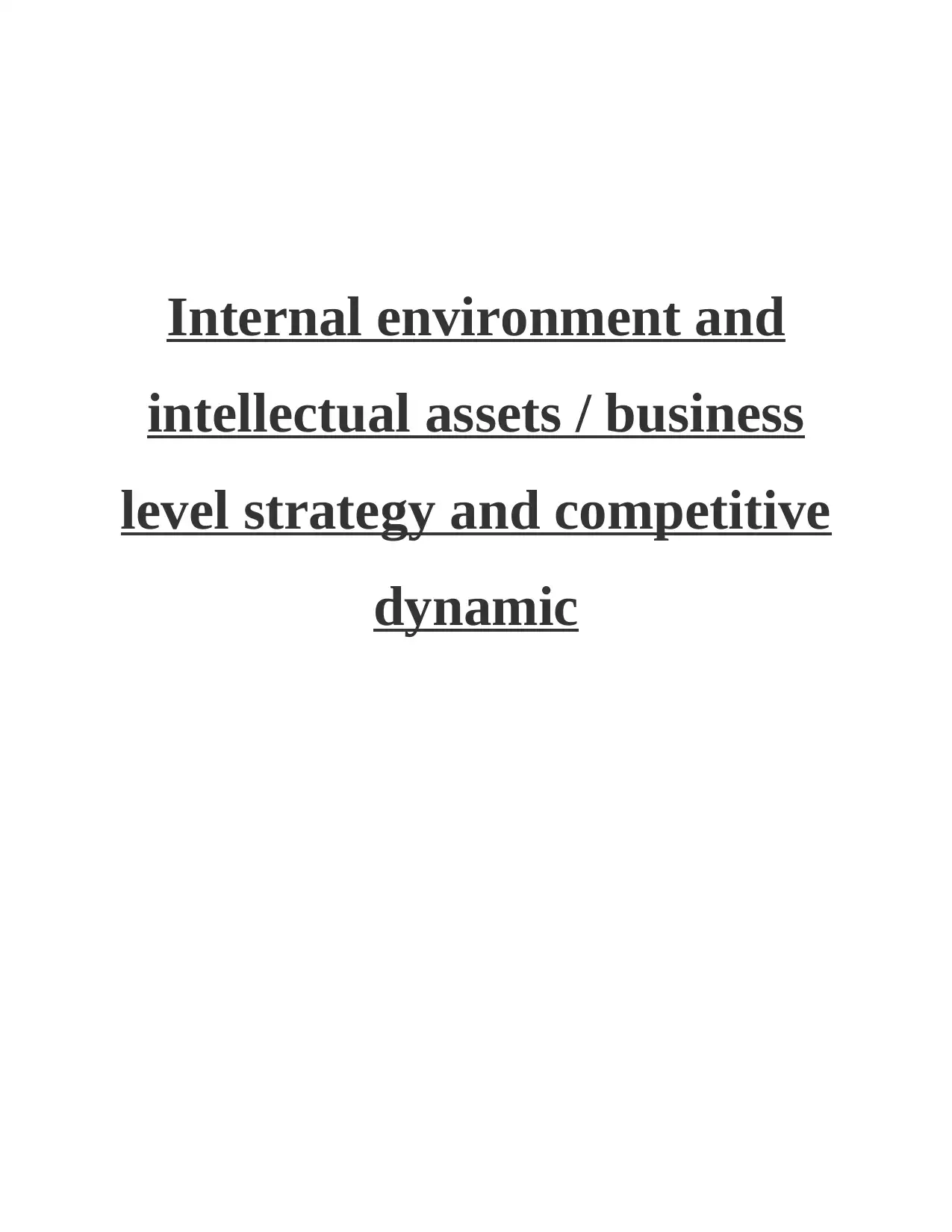
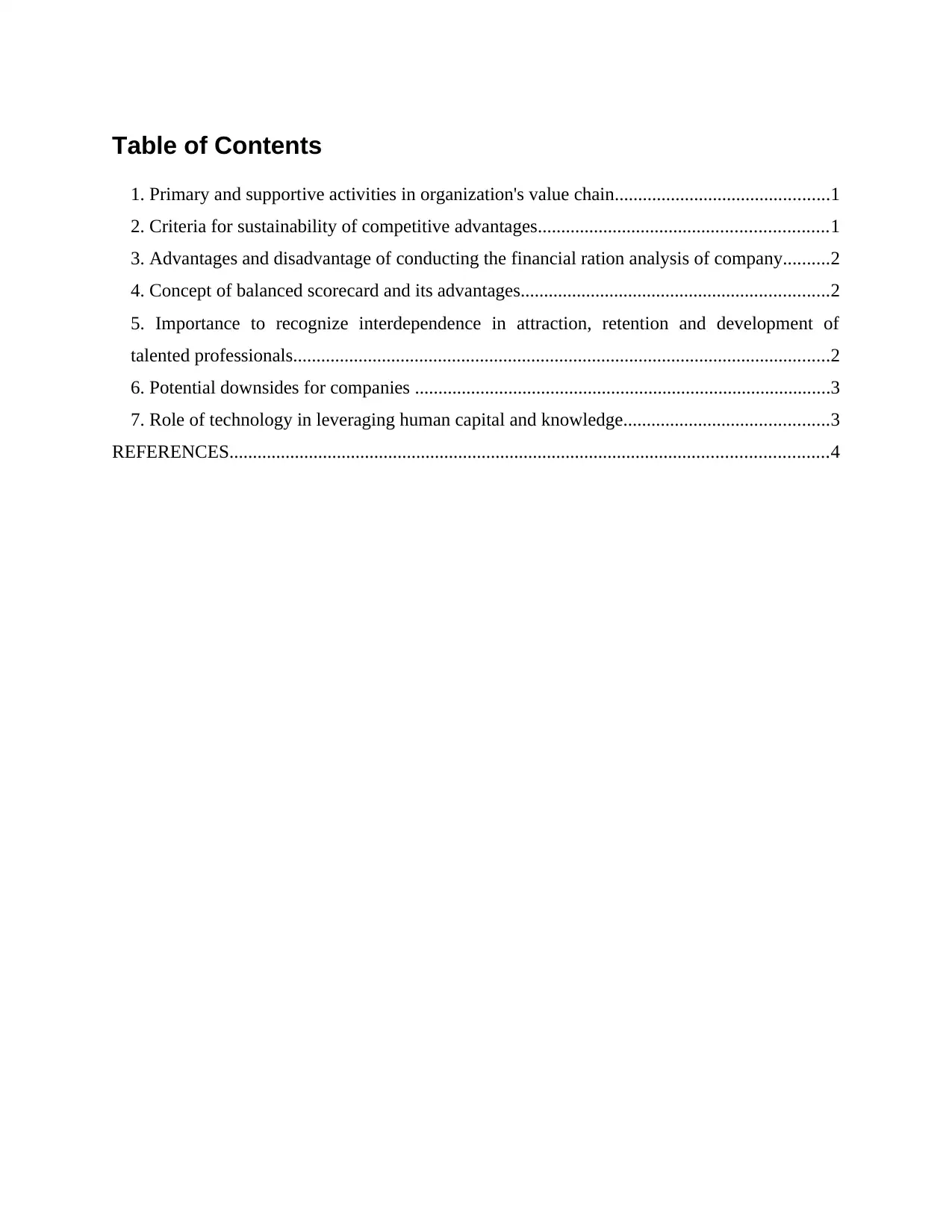
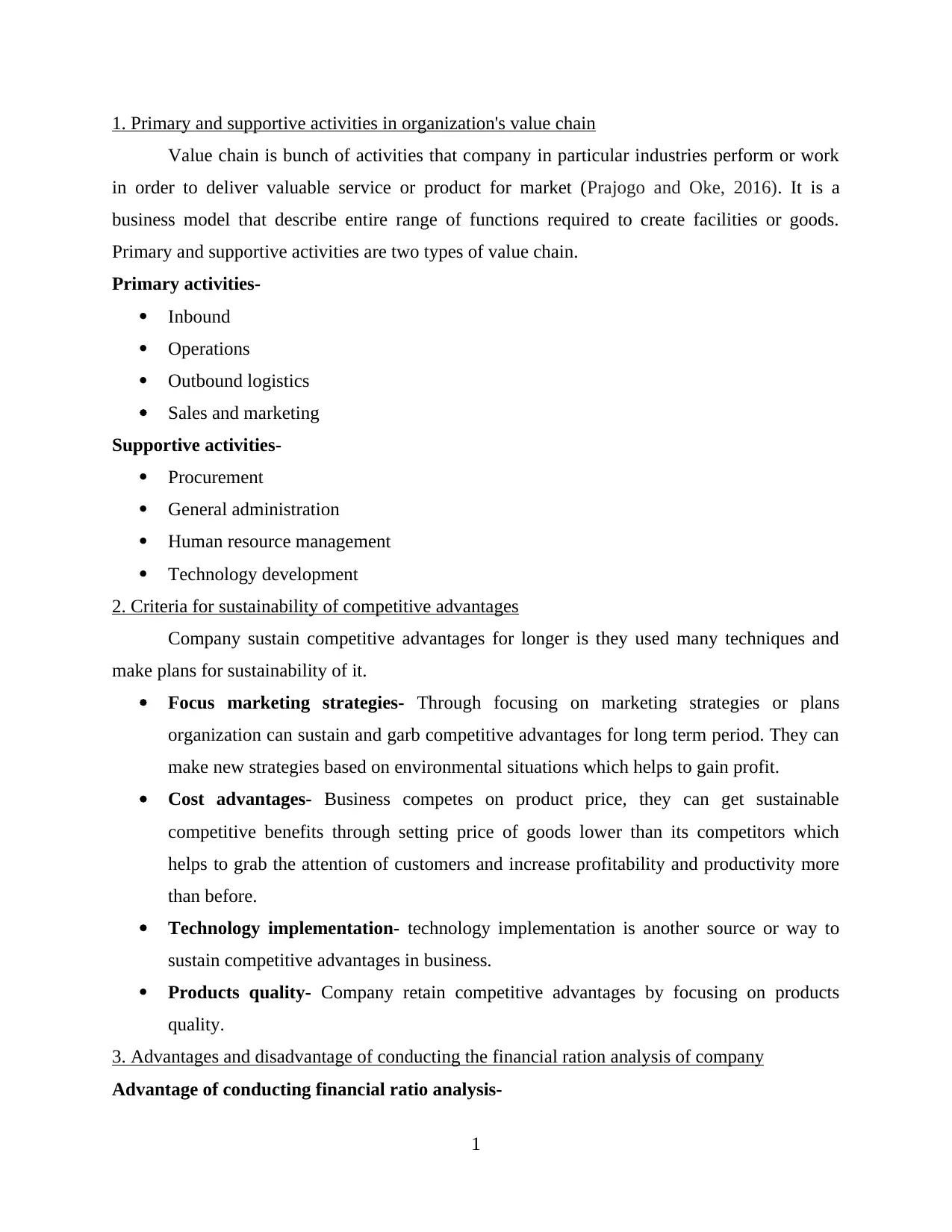
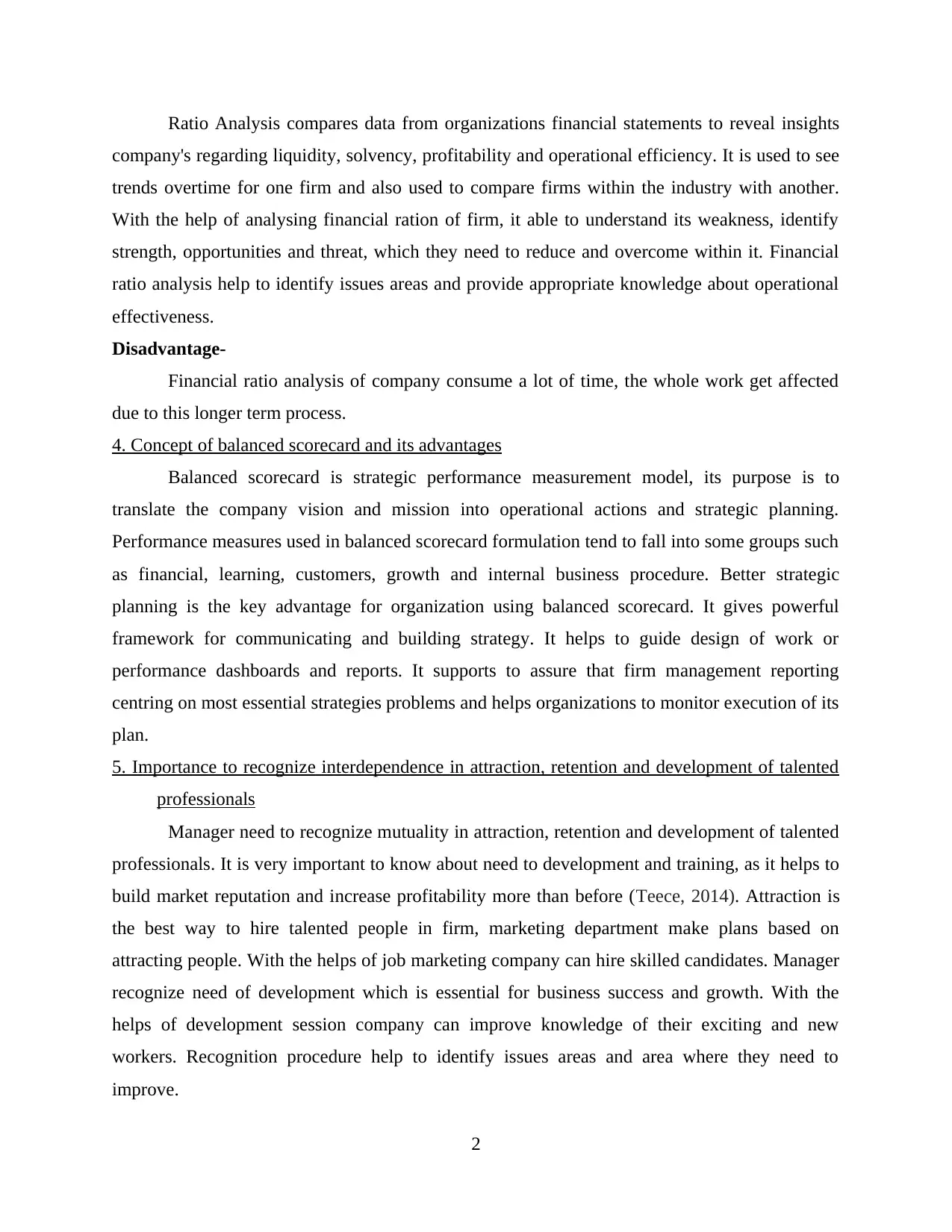
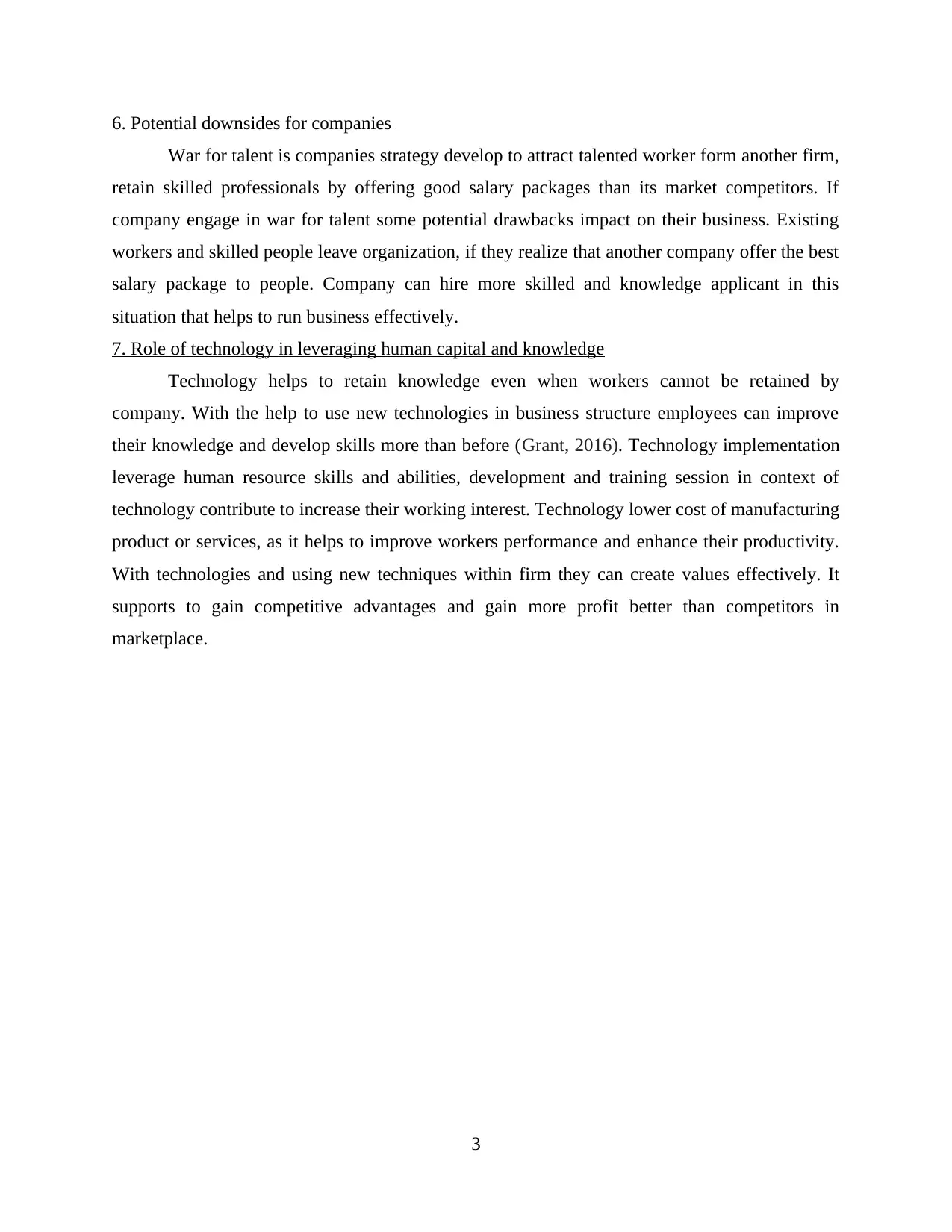
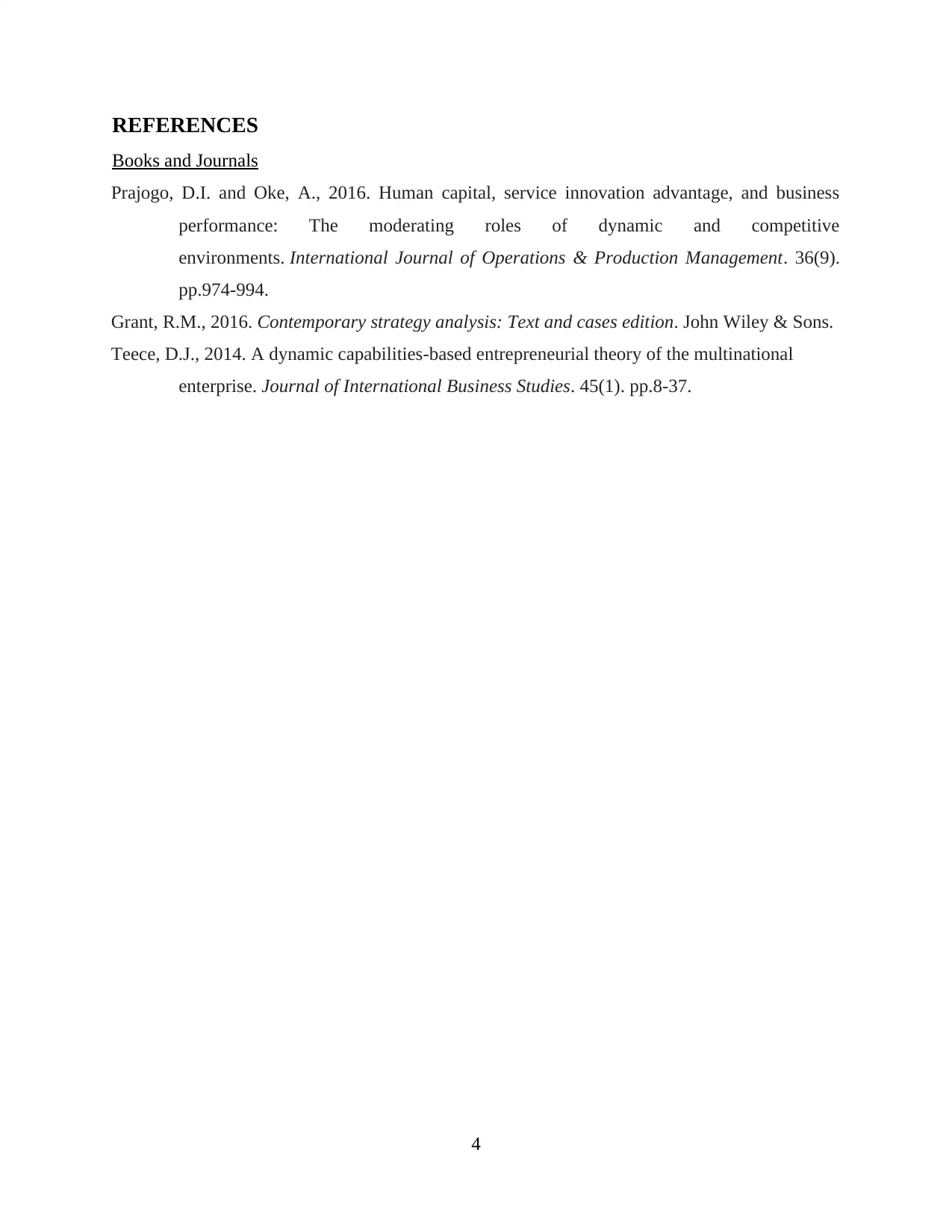






![[object Object]](/_next/static/media/star-bottom.7253800d.svg)